from
Plant Diseases: Their Biology and Social Impact.
The Arrival of the Potato in Europe
In the 19th century, the peasant farmers of Ireland were so dependent on the potato that its common name, the Irish potato, still reflects its connection with these poor people. Its origin was not the Emerald Isle, however, but the highlands of South America, specifically the Lake Titicaca region between Peru and Bolivia. The Spanish Conquistadors discovered this plant in South America while searching for gold in the Andes in the 16th century. The starchy tubers were, and continue to be, an important food crop in South America, particularly at higher elevations where corn does not grow well. Religious and agricultural records of the ancient Incas contain many references to potatoes, and there is archeological evidence of potatoes as a South American food crop dating to 400 B.C.
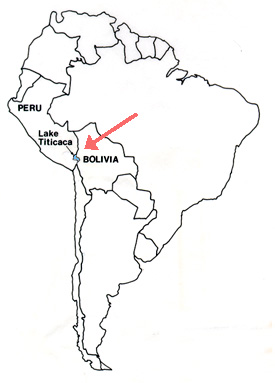
Fig. 1-1. Map of South America. The potato originated in the region around Lake Titicaca between Peru and Bolivia.
Some potatoes were brought back to Europe aboard ships, although it is likely that many failed to survive the long voyage because of poor storage conditions. The early history of the crop is confused because of the similarity of the word la batata, which refers to the sweet potato, an unrelated plant, and la papa, the Spanish name for what we now call the "white" or "Irish" potato. The first potatoes to reach Europe probably arrived in Spain about 1570. Each language now has its own common name for this valuable plant. The French use pommes de terre and the Dutch call them aardappelen, both of which translate to "apples of the earth," certainly a poetic description.
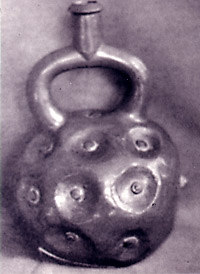
Fig. 1-2. An ancient pottery vessel from South America depicts the pattern of a potato tuber.
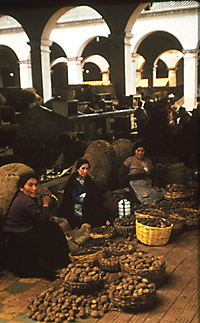
Fig. 1-3. Indian women sell many different potato cultivars in a Colombian market.
Acceptance of the new food crop was reluctant. Many religious advisors discouraged production of a food that grew in soil, a food more appropriate for animals than humans. Besides, there was no mention of the potato in the Bible, which suggested that perhaps it was evil or might instill sinful desires in its eaters. Slowly, however, the crop spread throughout Europe as hungry people discovered the many advantages of a highly nutritious crop that could be grown beneath the ground, safe from the trampling feet of invading armies.
The exact time of arrival of the potato in Ireland is unclear, but it was a well-established food crop by 1800. Harvests were low in some years, but they generally produced large amounts of the nutritious food. The Irish population grew from about 4.5 million in 1800 to more than 8 million by 1845. When the harvest was good, Irish peasants often ate 8-14 pounds (3-6 kilograms) a day, with little else, unless some milk was available from a cow. Although decidedly boring, this daily intake provided substantial nutrition, including protein, carbohydrates, and many vitamins and minerals, particularly vitamin C.
The grain crops, which grew poorly in Ireland anyway, were needed to pay the rent to the landowners, most of whom lived in England. Most peasants lived in one room, windowless huts with little furniture or other possessions, but potatoes thrived in the cool, moist climate of Ireland, which was similar to their place of origin in the highlands of South America. A family could grow enough potatoes to feed themselves on half the land required to produce the same amount of calories in grains.
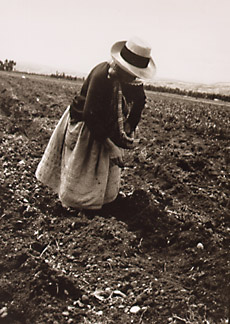
Fig. 1-4. Woman sowing potatoes in the Montaro Valley of the Andes.
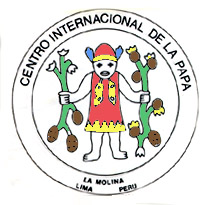
Fig. 1-5. Logogram of the International Potato Center (Centro International de la Papa [CIP]) in Lima, Peru. The diagram is from fourth century Nazca culture and depicts harvested potato plants, one (in the figure's right hand) a healthy plant and the other diseased. The figure is one of many found in art forms and indicates the importance and high regard that ancient Peruvian cultures gave to the potato.
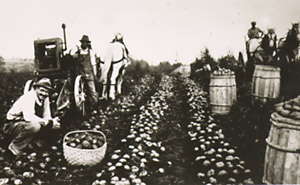
Fig. 1-6. Harvesting potatoes in Maine in the early 1930s.
Introduction
The Arrival of the Potato in Europe
The Potato Plant
The Components of the Epidemic
The Birth of Plant Pathology
Protecting Potatoes from the Blight
Lessons from the Potato Famine
Selected Readings
RETURN TO APSnet FEATURE STORY
